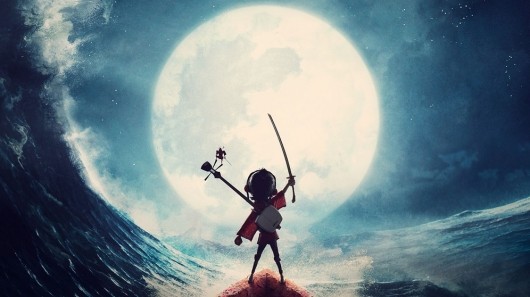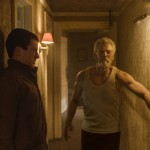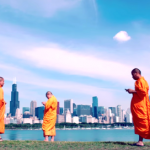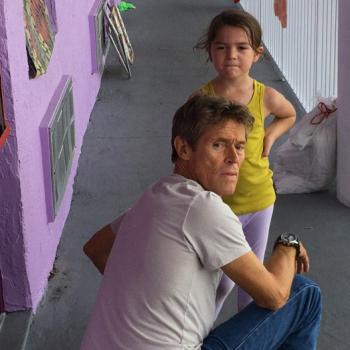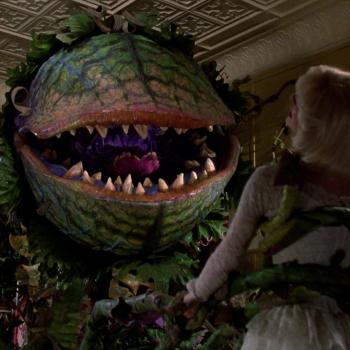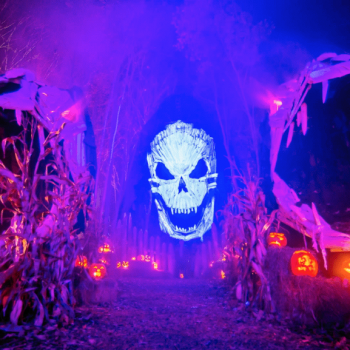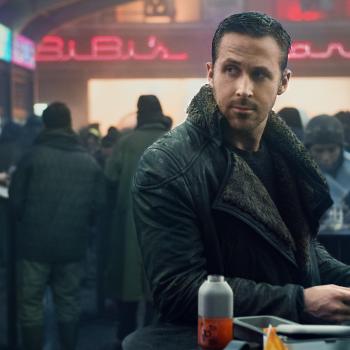Kubo and the Two Strings
I took my son to see Laika’s latest this past weekend, and I think I may have enjoyed it more than him.
Not that Mickey didn’t love the samurai swordplay, magical beasts or comedic beetle. But the film’s themes of memory, storytelling and family may have been beyond his 4-year-old brain. Also, he told me he was “scared of the witches.”
Laika often rivals Pixar as the studio putting out the best animated fare, their stop-motion projects often works of immense beauty and imagination. “Kubo and the Two Strings” might rival “Coraline” as their best work, though. I was actually surprised to find the movie was based on an original story; its use of Japanese myth and tropes made me certain it must be based on an old fable. “Kubo” is a rich, luscious film, and its plot is one best discovered as it unfolds. The animation is gorgeous, with CG used only to accent effects and hide some of the seams on the models (I would have actually preferred those seams remain). I don’t know that we’ve seen a stop-motion film as epic as this, with energetic battle sequences, glorious fantasy imagery and creepy beasts. And its tale about the power of storytelling resonated deeply with me — almost enough to distract me from the fact that this very Japanese myth is almost completely voiced by white people, and that while its ending works as a warm fuzzy, its problematic the more you think about it.
But still, few films this year, animated or otherwise, have been as bursting with originality and imagination as “Kubo and the Two Strings.” It is worth seeing on a very big screen.

